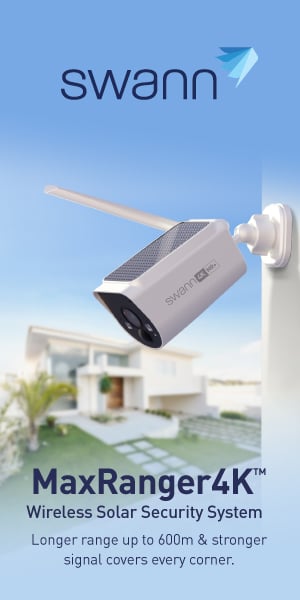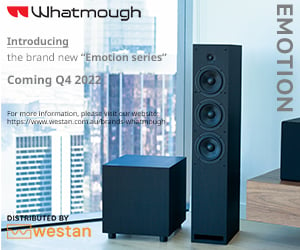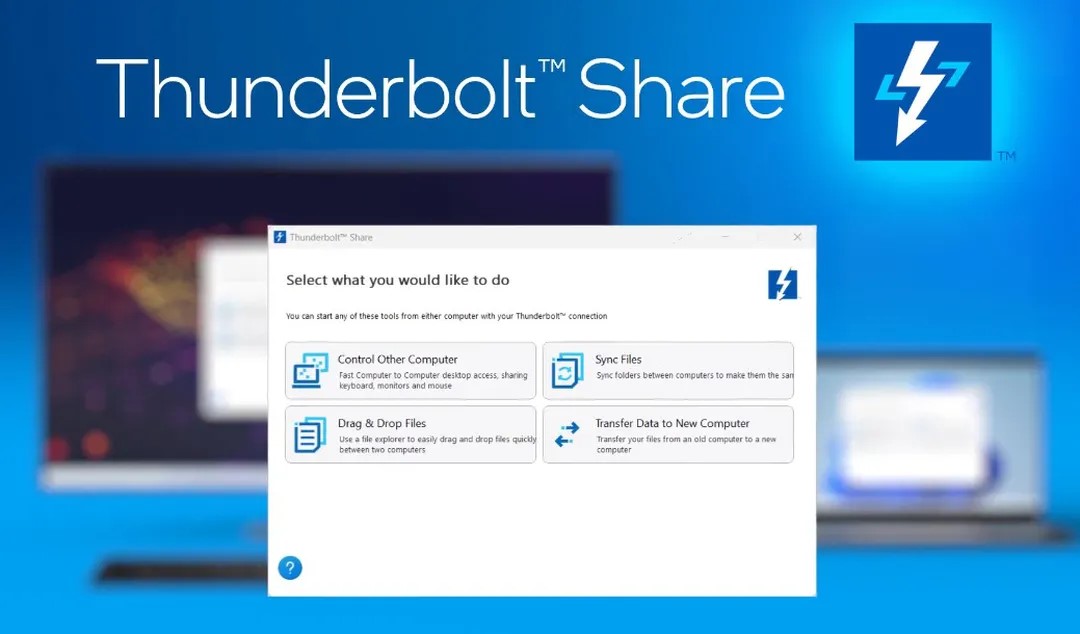Counterpoint Research has claimed global shipments of XR headsets dropped 19% year on year last year, a decline that was driven by the absence of exciting new devices, and a lack of engaging use cases.
Meta continues holding the largest share of the headset market, however, it fell from 77% to 59% after the launch of Sony’s PSVR2 headset.
Meta Quest shipments also declined 38% last year, according to Counterpoint.
“The Quest 3’s launch-quarter shipments were 33 percent lower than during the [preceding] Quest 2’s launch quarter. The higher price point of the Quest 3, along with the continued availability of the Quest 2 and competition from other headsets contributed to the decrease in shipments for the latest model.”
If stats coming from IDC prove to be correct, shipments in the headset market could grow 44.2% to 9.7 million.
Last week, the firm predicated growth will be driven by the Apple Vision Pro, as well as new models towards the end of this year.
Research Manager, mobility and consumer device trackers at IDC, Jitesh Ubrani said, “Apple’s launch of the Vision Pro grabbed a lot of headlines and has raised awareness for AR and VR and although it’s priced out of reach for most, it is helping raise the bar for competitors. Along with Apple, many companies such as Meta and others have already begun their journey, transitioning from VR to mixed reality (MR); ultimately laying the groundwork for true AR experiences.”

Qualcomm is also set to help OEMs challenge Apple. Last September, the company revealed two new “spatial computing platforms,” the Snapdragon XR2 Gen 2 and the Snapdragon AR1 Gen 1.
The XR2 features powerful graphics processing capabilities, whereas the AR1 was designed with smart glasses in mind.
Together, they reach a wide range of use cases, and could convince more OEMs to design their own headsets, particularly if more content becomes available.
Counterpoint said, “Engaging content remains one of the primary keys that could unlock greater XR adoption. The entry of major smartphone players in the segment could accelerate content production in the coming years. Particularly, Apple’s entry with the Vision Pro will contribute to greater content and use case development, as well as attract other players to enter the segment.”
Apple has a track record of stimulating device growth for products nobody realised they wanted. The iPad unveiling raised eyebrows, and at the time smartwatches came out, the practicality of a watch needing charging every night raised questions.

Similar scepticisms are being asked about what the need of mixed reality headset is.
Research Director with IDC’s AR/VR program, Ramon Llamas said, “Mixed reality…has been the exception and not the norm, but Apple has shone a bright light on MR with the Vision Pro. Next, look at how companies will increasingly incorporate artificial intelligence to analyse data and generate virtual content for the user. Finally, display technology will move from content consumption to content interaction with more sophisticated sensors and displays.”
IDC believes annual shipments could reach 24.7 million by 2028, if all goes accordingly. It represents a five-year annual growth rate of 29.2%, driven by a wider range of consumer use cases.
“It will be exciting to watch how the market will evolve from today’s experiences and how end-users will adapt to them,” Llamas concluded.














































